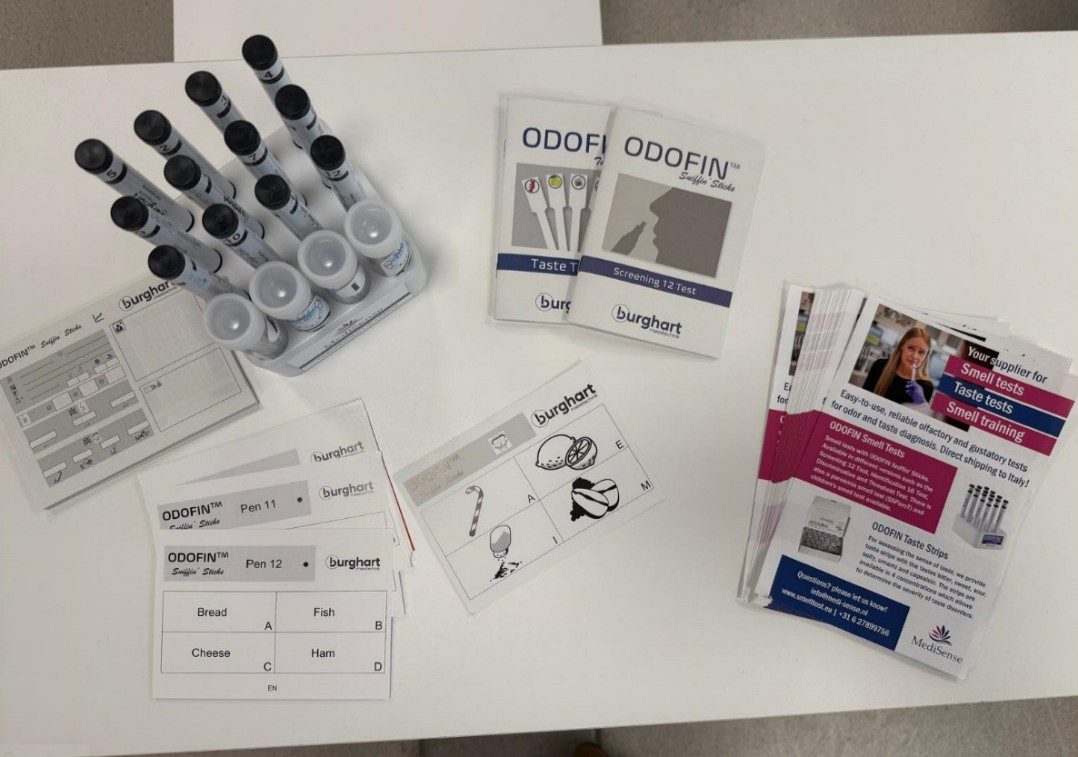
An exophthalmometer is a medical measuring instrument used to determine the position of the eyeball (the degree of protrusion or recession of the eye) in relation to the orbit.
The most commonly used type is the Hertel exophthalmometer; we offer 2 versions:
Both models rest on the bony edges of the orbit and, using a prism, measure the distance from the lateral orbital rim to the anterior surface of the cornea.
The Hertel exophthalmometer is a medical instrument designed to measure the position of the eyeball relative to the orbit. It is mainly used to diagnose and monitor exophthalmus (protruding eyes) or enophthalmus (sunken eyes), as commonly observed in thyroid-related eye disorders or after orbital fractures.
The name “Hertel” refers to the German ophthalmologist Dr. Ernst Hertel (1879–1943), who developed and introduced this instrument into ophthalmology. His design has since become the worldwide standard for measuring ocular protrusion and asymmetry between the eyes.
Worldwide delivery, click here for the transport costs.
Delivery on account is possible. Contact us for a quote or order directly via the webshop.
Contact via info@medi-sense.nl or +31 (0)6 27899756
Various payment options are available such as iDeal, Sofort, BanContact and PayPal.